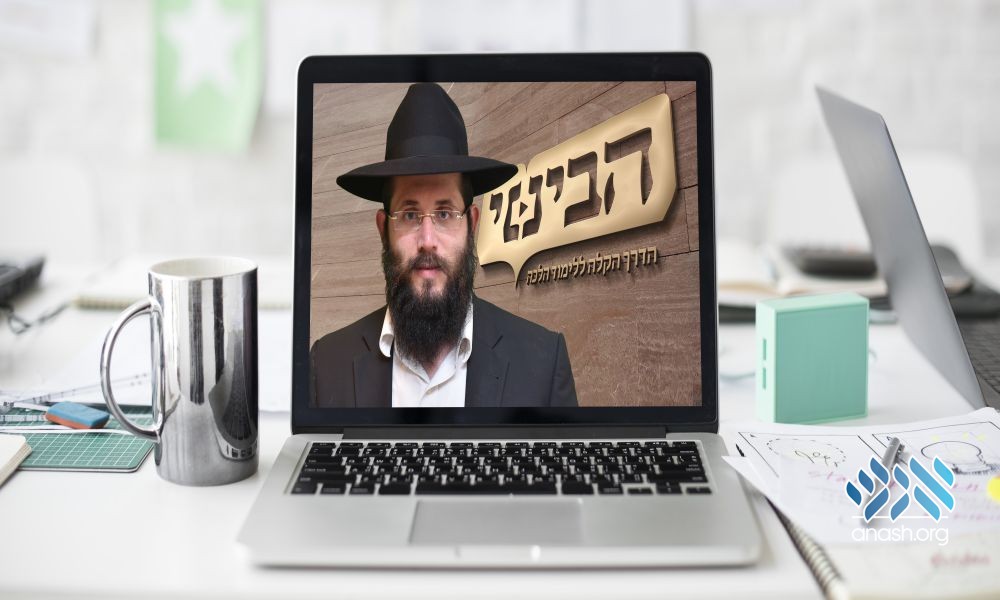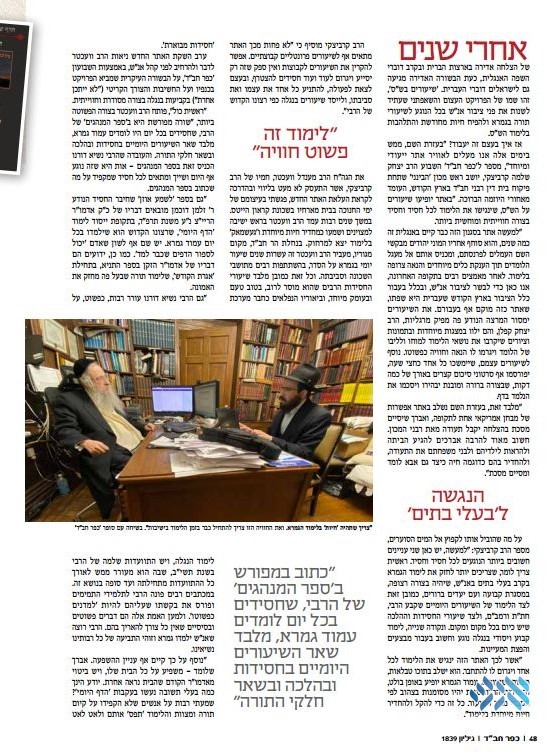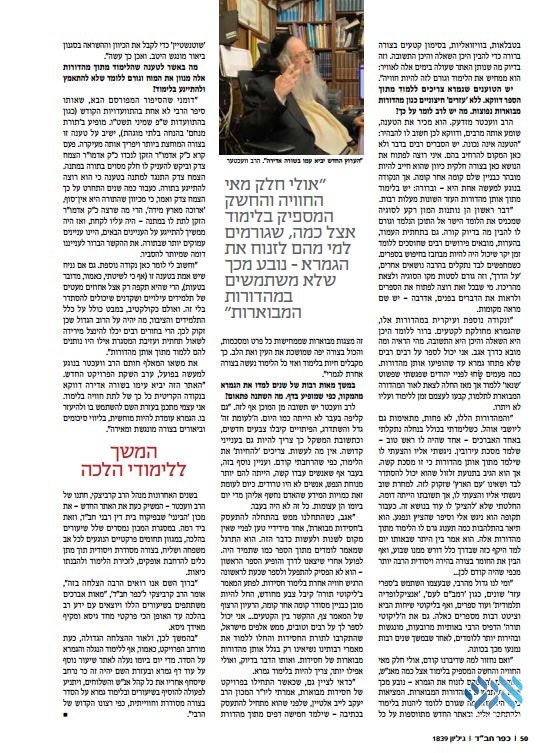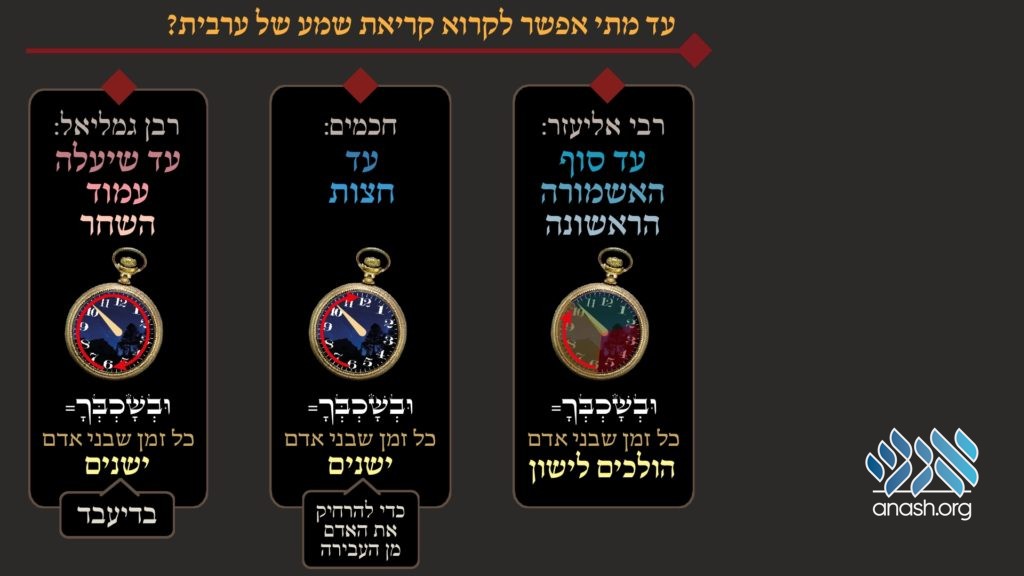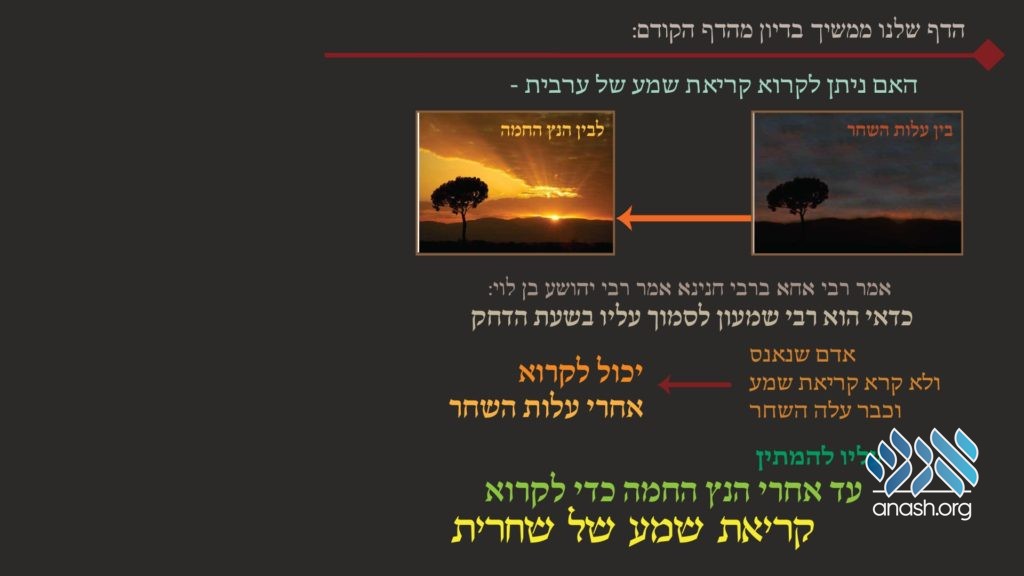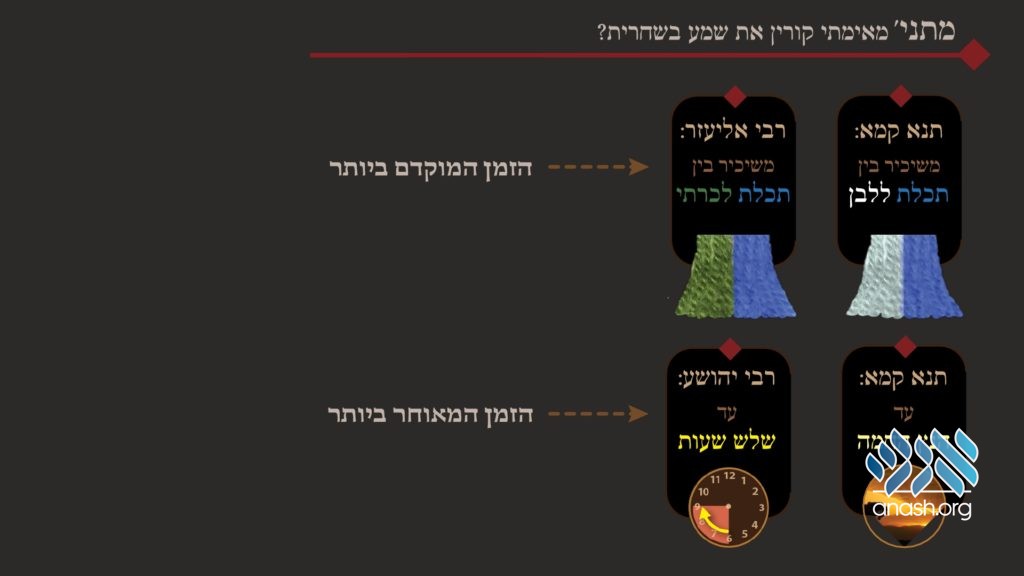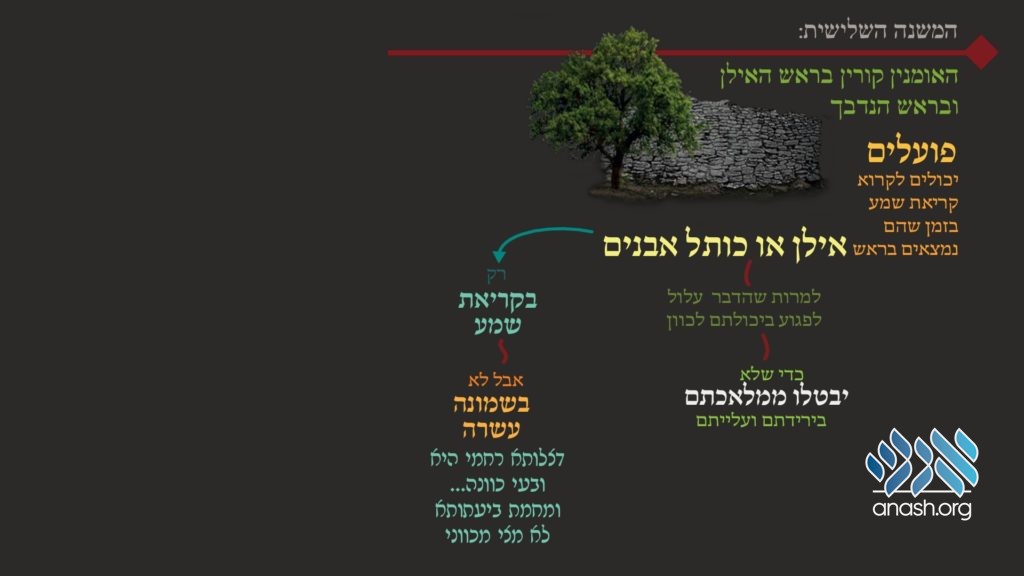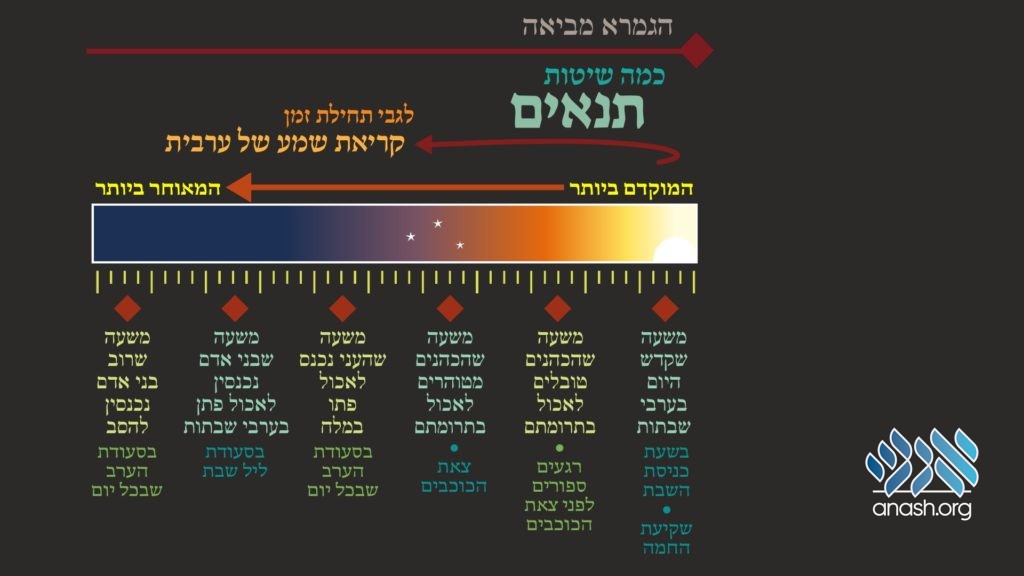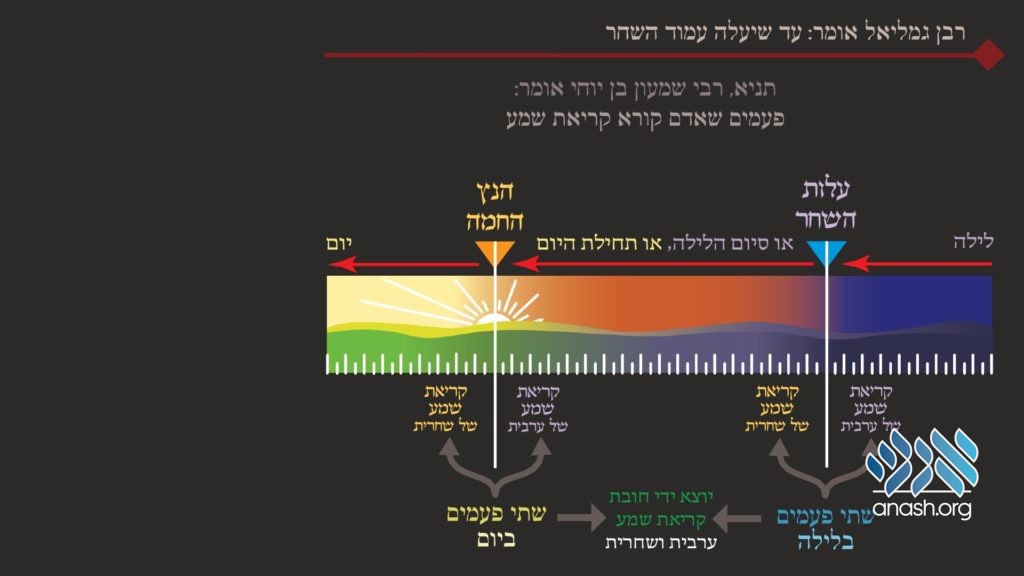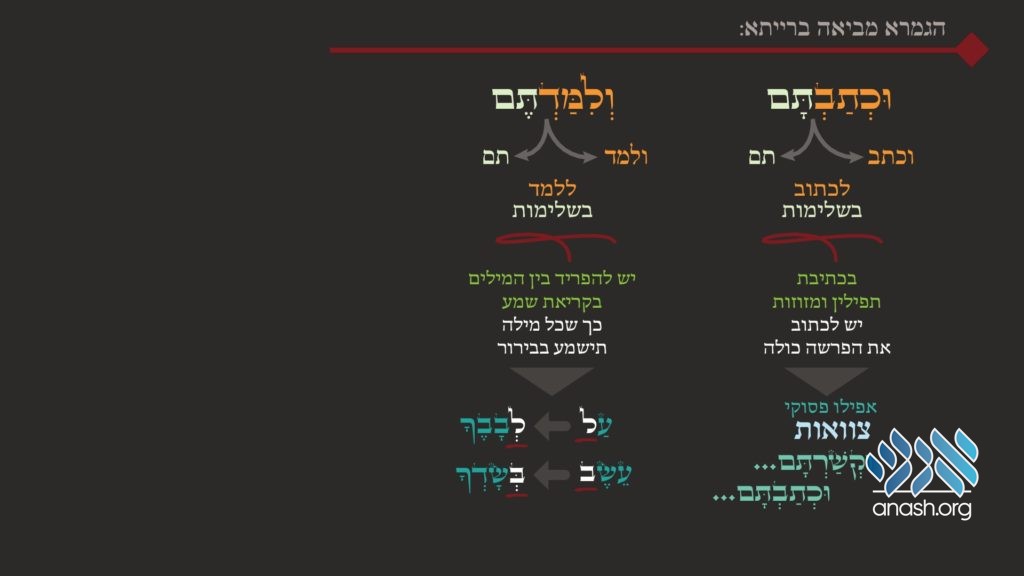That’s the mission that Reb Mendel Vechter set for Havineini, a Lubavitch institute known for its halacha courses, that is now producing daily Gemara shiurim with appealing visualizations.
By Anash.org writer
A new project that will transform the way anash in Eretz Yisroel learn gemara has recently been launched. This program has the potential to introduce a breath of fresh air and excitement in the study of nigleh.
The project was started by Rabbi Yitzchak Shlomo Kravitsky and follows the success of several halacha courses offered by The Havineini institute. The purpose of the course is to enable balebatim who currently study Chitas and Rambam to be able to learn gemara in a structured way, with clear goals.
“Learning and understanding gemara requires a level of focus that may be difficult to attain for someone who is working hard to make a living all day.” said Rabbi Kravitsky. “We have therefore invested greatly in presenting the gemara visually with charts and illustrations.”
Once a day, a shiur on a daf of gemara is uploaded. The Magid Shiur clearly presents the gemara, while on the screen is the text of the gemara with the relevant lines highlighted. In addition to reading the gemara, the maggid shiur explains the context, words or expressions used in the gemara and the flow of the sugya. Detailed charts and pictures are also shown on screen to help understand and visualize the concepts in the gemara.
In addition to the Shiur, a second video is uploaded each day that summarizes the daf taught that day. These summaries, and the videos and pictures included, can serve as a visual aid even for those who studied the gemara with a different shiur or on their own.
In a recent interview published in the Kfar Chabad Magazine, Rabbi Mendel Vechter, renowned Kiryat Malachi mashpia, highlighted the importance of using visual tools to learn Gemara.
“Learning Gemara has to be an experience,” Rabbi Vechter said. “When you look at a page of Gemara, it all looks the same. There is no punctuation marking where one piece ends and a new piece starts, which separates the question from the answer. The presentation of the text does not draw a person in.
“Take for example a newspaper or magazine. If there were no pictures would more people read it or less? The more pictures and color, the more a person connects to the text on the pages. As the famous saying goes, a picture is worth a thousand words.”
In past generations, people learned Gemara directly from the text. Today, however, many have become accustomed to the techniques used by outside sources to transmit information. In addition, the amount of information constantly flooding our minds makes it harder to sustain focus on any single topic without really being drawn in.
“When Coca Cola advertises, the point is not to tell people that Coke exists,” Rabbi Vechter said. “Everyone knows that. The ad has lights and colors that make it look alive and interesting so that people are drawn in and connect to it. The same is true (le’havdil) when it comes to learning. The student has to ‘experience’ what he is learning and enjoy it.
“Thankfully we have programs like the one being started by The Havineini institute so that Anash can set up consistent shiurim and live what they learn.”
The visuals are also available in English on this site.

